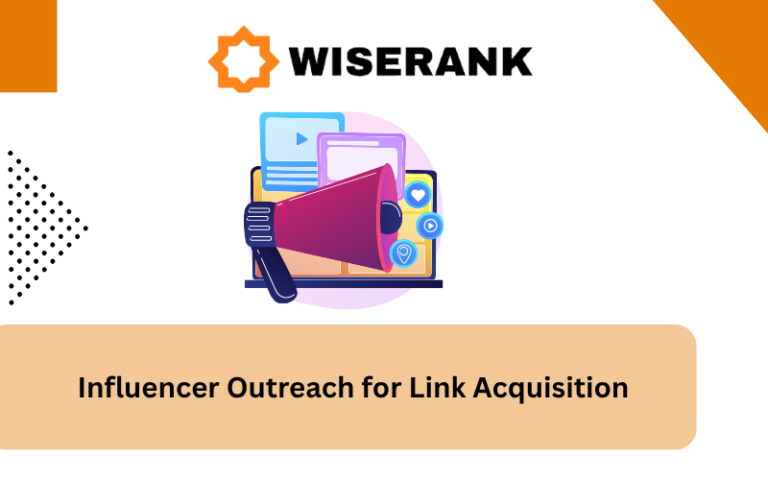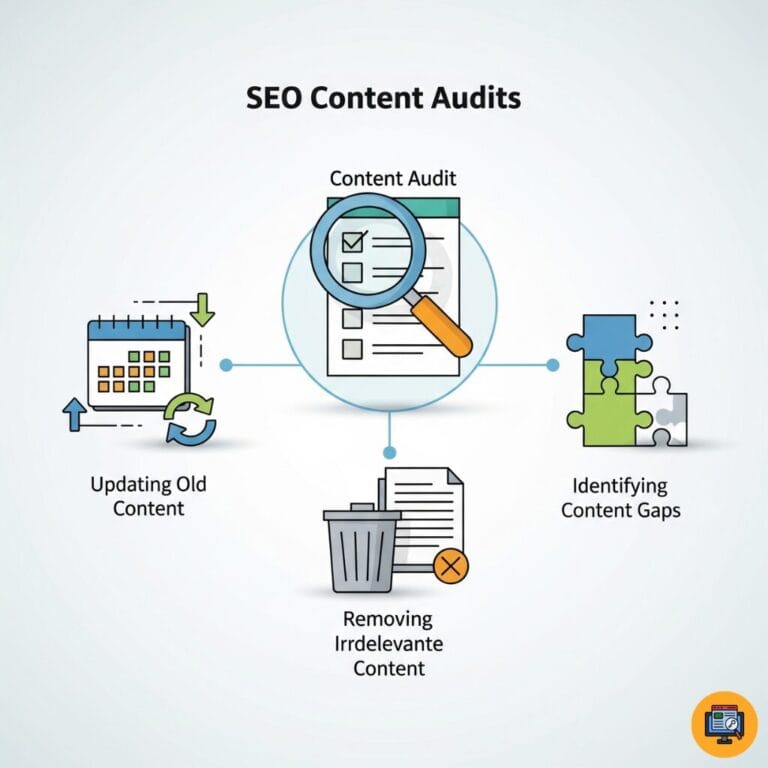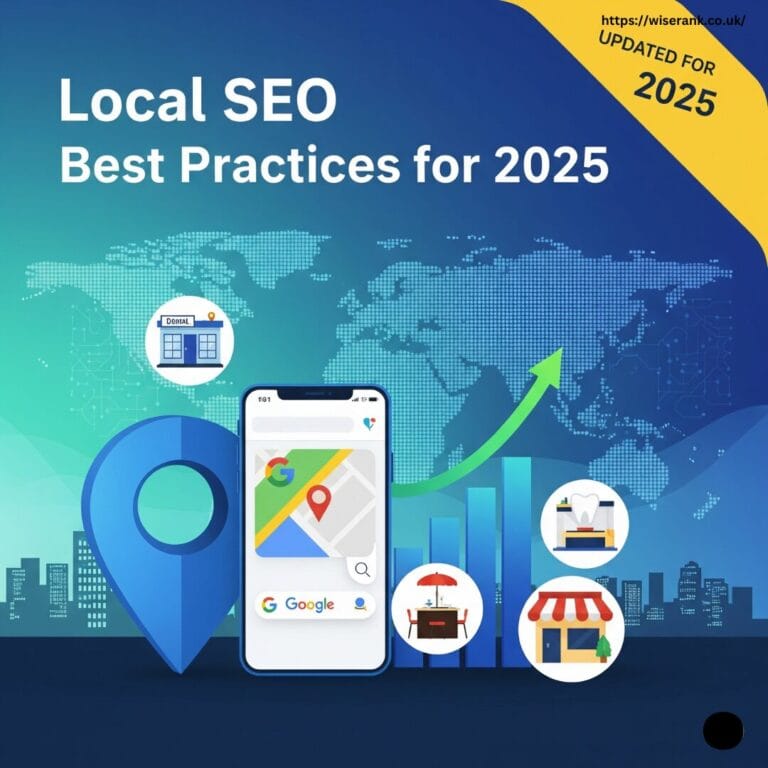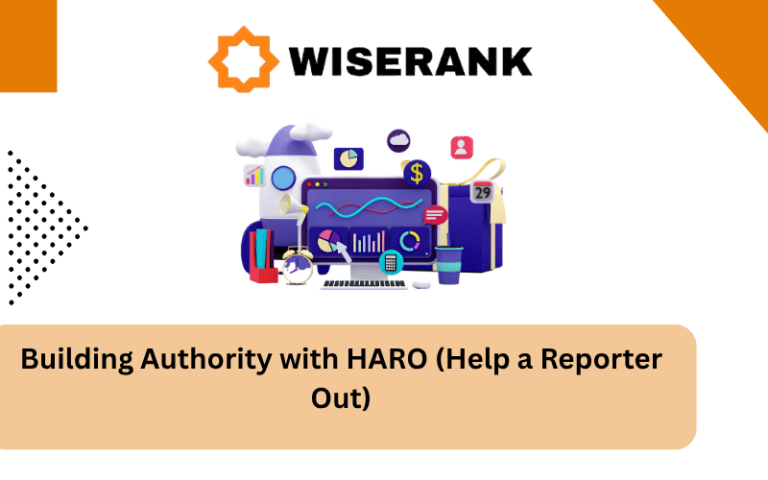What Is Semantic Search and Why Does It Matter?
Semantic search is a search engine technology that understands the meaning and intent behind search queries rather than just matching keywords. It focuses on context, user intent, and the relationships between words to deliver more accurate results.
Google’s semantic search algorithms like RankBrain, BERT, and Hummingbird analyze what users actually want when they search, not just the exact words they type. This shift from keyword matching to meaning-based search has changed how content needs to be created and optimized for better rankings.
The Evolution: How Semantic Search Transformed SEO Forever
Traditional SEO focused on exact keyword matching and keyword density. If you wanted to rank for “best coffee maker,” you repeated that exact phrase throughout your content. Semantic search made this approach outdated and often counterproductive.
Modern search engines understand synonyms, related concepts, and contextual meaning. They recognize that “top coffee machines,” “coffee maker reviews,” and “best coffee brewers” relate to similar user intent. Content optimized for semantic search covers topics comprehensively using natural language rather than forcing exact keyword repetitions.
Decoding User Intent: The Foundation of Semantic Success
User intent represents what someone actually wants when they search. Google’s algorithms analyze intent to match queries with the most relevant content. Understanding and optimizing for intent is fundamental to semantic search success.
Search intent falls into four main categories that determine how you should create and structure your content:
- Informational intent: Users want to learn something or find answers to questions
- Navigational intent: Users seek a specific website or page
- Transactional intent: Users want to buy or complete an action
- Commercial investigation: Users research options before making purchase decisions
Informational Intent: Teaching and Educating Your Audience
Informational queries seek knowledge or answers to questions, so users searching “how does semantic search work” want educational content that explains concepts clearly without pushing sales.
Navigational Intent: Guiding Users to Destinations
Navigational searches target specific websites or pages, meaning someone searching “Semrush login” wants to reach that particular destination rather than learn about the platform.
Transactional Intent: Capturing Ready-to-Convert Visitors
Transactional queries indicate readiness to purchase or complete an action, as searches like “buy WordPress hosting” show clear intent to take the next step immediately.
Commercial Investigation: Helping Researchers Make Decisions
Commercial investigation happens when users research options before deciding, with queries like “best email marketing tools” indicating users comparing solutions before purchasing.
Building Topic Clusters That Google Loves
Topic clusters organize content around central themes to demonstrate comprehensive expertise. This structure aligns perfectly with how semantic search algorithms understand topical authority and content relationships.
A pillar page covers a broad topic comprehensively while linking to cluster pages that explore specific subtopics in detail. For example, a pillar page on “Content Marketing” might link to cluster pages about blog writing, email marketing, social media content, and video marketing.
Creating Powerful Pillar Pages That Anchor Your Authority
Pillar pages should provide comprehensive overviews of main topics without going too deep into specifics, serving as hubs that connect all related cluster content through strategic internal linking.
Crafting Cluster Content That Dominates Long-Tail Keywords
Cluster pages dive deep into specific aspects of your main topic, targeting long-tail keywords and answering detailed questions that the pillar page introduces but does not fully explore.
The Art of Strategic Topic Connections
Link your pillar page to every relevant cluster page, and ensure each cluster page links back to the pillar while also connecting to related cluster content when appropriate to create powerful topic networks.
Mastering LSI Keywords Without Keyword Stuffing
Latent Semantic Indexing keywords are terms and phrases related to your main topic. They help search engines understand content context and topical relevance without keyword stuffing.
LSI keywords include synonyms, related concepts, and terms that naturally appear together in quality content about your subject. For semantic search optimization, these related terms signal comprehensive topic coverage more effectively than repeating your exact keyword.
Finding Hidden LSI Opportunities in Google’s Results
Use tools like LSI Graph, Google’s “related searches” section, and “people also ask” boxes to discover related terms that commonly appear with your main topic.
Weaving LSI Keywords Naturally Into Your Content
Incorporate LSI keywords naturally throughout your content where they fit contextually, avoiding forced placement that disrupts reading flow or sounds unnatural to human readers.
The Perfect Balance: Primary Keywords vs LSI Terms
Your main keyword should appear in important locations like titles and headings, while LSI keywords support comprehensiveness by covering related concepts and variations throughout body content.
Entity Optimization: Speaking Google’s Native Language
Entities are specific people, places, things, or concepts that search engines recognize and understand. Entity-based SEO focuses on optimizing content around these recognized entities rather than just keywords.
Google’s Knowledge Graph connects entities and understands their relationships. When you mention recognized entities in your content, search engines better comprehend your topic and can match your content to related queries more effectively.
Discovering the Entities That Matter in Your Niche
Research entities related to your topic by examining Wikipedia pages, Google Knowledge Panels, and industry-specific resources that define key people, companies, products, and concepts in your field.
Strategic Entity Placement for Maximum Impact
Reference relevant entities where they add value to your content, providing context that helps both readers and search engines understand relationships between concepts and topics.
Building Entity Networks That Demonstrate Expertise
Connect related entities in your content to demonstrate comprehensive topic knowledge, showing how different people, products, concepts, or companies relate to your main subject.
Build Semantic Relevance with a Strong On-Page SEO Foundation
Optimizing your content for semantic search ensures that search engines understand the true intent and context behind your pages. But to fully leverage these benefits, your site needs a solid on-page SEO foundation. On-page SEO involves optimizing all visible and technical elements of your content including headings, meta tags, internal links, and keyword distribution to improve both relevance and user experience. When semantic optimization is combined with complete on-page SEO practices, your content not only matches search intent but also ranks higher, drives qualified traffic, and strengthens your topical authority.
Schema Markup: Making Your Content Crystal Clear to Search Engines
Structured data helps search engines understand your content by providing explicit information about page elements, entities, and relationships. Schema markup is the most common vocabulary for adding structured data.
Implementing schema markup tells search engines exactly what your content covers, who created it, what entities it mentions, and how it relates to other content. This clarity improves how your pages appear in search results and helps semantic algorithms understand your expertise.
Choosing the Right Schema Types for Your Content
Use Article schema for blog posts, Product schema for e-commerce items, FAQ schema for question-and-answer content, HowTo schema for instructional content, and Organization schema for business information.
Quick Implementation Without Technical Headaches
Add schema markup using JSON-LD format in your page’s HTML code, or use schema plugins if you work with content management systems like WordPress that offer automated solutions.
Validating Schema to Earn Rich Results
Use Google’s Rich Results Test and Schema Markup Validator to ensure your structured data implements correctly and qualifies for rich results in search engines.
Creating Comprehensive Content That Answers Everything
Semantic search rewards content that thoroughly covers topics from multiple angles. Comprehensive coverage means addressing main points, related subtopics, common questions, and edge cases users might wonder about.
Surface-level content that barely touches on a subject cannot compete with in-depth resources that become definitive references. Search engines recognize comprehensiveness through topic depth, breadth of subtopic coverage, and the presence of related concepts that demonstrate true expertise.
Going Deep: Covering Core Topics from Every Angle
Address your main topic from multiple perspectives, explaining basics for beginners while including advanced insights for experienced readers seeking deeper knowledge.
Branching Out: Exploring Related Subtopics Strategically
Include relevant subtopics that naturally connect to your main subject, demonstrating that your content provides complete information rather than narrow, limited coverage.
Answering the Questions Nobody Else Does
Research “people also ask” sections and question-focused keywords to find and answer the questions your audience actually has about your topic.
Real-World Examples That Bring Concepts to Life
Use real-world examples, case studies, and specific scenarios that illustrate abstract concepts, making your content more valuable and demonstrating practical expertise.
Writing Naturally: The Secret to Semantic Search Success
Natural language processing enables search engines to understand conversational queries and content written in natural human speech patterns. Optimizing for semantic search means writing naturally rather than awkwardly inserting keywords.
Voice search and conversational queries are increasing as users become comfortable asking questions naturally. Content that answers these questions in clear, conversational language performs better in semantic search results.
Humans First, Search Engines Second
Prioritize clarity and helpfulness over keyword placement, writing content that genuinely helps readers understand topics without forcing unnatural phrasing for SEO purposes.
Question-Based Headings That Match Real Searches
Structure some headings as questions users actually ask, then provide clear, direct answers in the following paragraphs to match question-based search queries.
Anticipating and Answering Follow-Up Questions
Answer logical follow-up questions readers might have, creating comprehensive resources that keep users engaged without forcing them to search elsewhere for additional information.
Internal Linking: Building Semantic Pathways Through Your Content
Internal links create semantic relationships between your content pieces, helping search engines understand how your pages connect and what topics you cover comprehensively.
Strategic internal linking builds topic clusters, distributes authority, and guides both users and search engine crawlers through related content. These connections signal expertise and comprehensive coverage to semantic search algorithms.
Connecting Content That Belongs Together
Link pages covering related topics using descriptive anchor text that tells both users and search engines what information the linked page provides.
Creating Topic Networks That Showcase Your Authority
Build networks of interlinked content around specific topics, with pillar pages linking to all related cluster pages and cluster pages linking back to pillars and related clusters.
Anchor Text That Adds Semantic Value
Choose anchor text that naturally describes the linked content while including relevant keywords, avoiding generic phrases like “click here” that provide no semantic context.
Conquering Featured Snippets: Claiming Position Zero
Featured snippets appear at the top of search results, providing direct answers to user queries. These “position zero” results are prime real estate for semantic search optimization.
Google pulls featured snippets from pages that clearly and concisely answer specific questions. Structuring content to target snippets requires understanding query types and formatting answers appropriately.
Finding Your Snippet Goldmine
Research keywords that trigger featured snippets by searching target queries and noting which show snippet results, focusing on questions where snippets already appear.
Formatting Content for Snippet Success
Use clear headings that match questions exactly, then provide concise answers in 40-60 words immediately following the heading for paragraph snippets or use lists for list-based snippets.
Beyond the Snippet: Encouraging the Click-Through
While snippets require concise answers, surround them with comprehensive context that encourages users to click through for complete information rather than getting everything from the snippet alone.
Keeping Content Fresh: The Ongoing Battle for Relevance
Semantic search algorithms consider content freshness when determining relevance. Regularly updating content signals that information remains current and accurate.
Fresh content does not always mean new content. Updating existing pages with new information, current examples, and revised data often performs better than publishing entirely new pages on the same topics.
Refreshing Evergreen Content for Maximum Impact
Review and refresh evergreen content regularly, adding new developments, updated statistics, and current examples while removing outdated information that no longer serves readers.
Adding Insights That Keep You Ahead
Incorporate new research, emerging trends, and recent case studies that provide additional value beyond what your original content covered.
Maintaining Trust Through Accuracy
Verify facts, update statistics, and correct any information that has changed since publication to maintain trustworthiness and expertise signals that semantic search values.
Measuring Success: Tracking Your Semantic SEO Wins
Track metrics that indicate whether your semantic optimization efforts improve performance. Focus on rankings for related keywords, organic traffic growth, and user engagement signals.
Semantic search success means ranking for your target keywords plus many related variations. You should see increased visibility across topic clusters rather than just individual pages.
Key Metrics to Monitor
Track these important performance indicators:
- Rankings for primary and related semantic keywords
- Organic traffic growth across topic clusters
- Featured snippet wins for target queries
- Average time on page and bounce rate improvements
- Pages per session and user engagement increases
- Click-through rates from search results
- Conversion rates from semantic traffic
- Number of ranking keyword variations
Monitoring Rankings Across Your Semantic Footprint
Track rankings not just for primary keywords but for related terms, long-tail variations, and semantic keyword phrases that indicate comprehensive topic coverage.
Analyzing Traffic Growth Across Topic Clusters
Watch for traffic increases across entire topic clusters, indicating that semantic algorithms recognize your topical authority and match your content to various related queries.
User Engagement: The Ultimate Proof
Track time on page, bounce rate, and pages per session to see whether users find your comprehensive, semantically optimized content more valuable and engaging.
Counting Featured Snippet Victories
Count how many featured snippets your content earns across different queries, as snippet wins indicate that Google considers your content authoritative for direct answer queries.
Avoiding Fatal Semantic SEO Mistakes
Many content creators make errors that prevent semantic optimization from succeeding. Avoiding these mistakes helps your content perform better in meaning-based search.
Common pitfalls to avoid:
- Over-optimizing for exact keywords and forcing unnatural repetition
- Ignoring user intent and creating content that matches keywords without addressing actual needs
- Producing shallow topic coverage that barely explores subjects
- Neglecting related topics and focusing too narrowly on one aspect
- Poor content structure without clear headings, logical flow, and proper hierarchy
- Skipping schema markup implementation completely
- Failing to update content regularly with fresh information
- Using generic anchor text like “click here” for internal links
- Creating isolated content without topic cluster connections
- Writing for search engines instead of humans
Advanced Tactics: Taking Semantic SEO to the Next Level
Once you master basic semantic SEO, advanced tactics can further improve your performance and establish stronger topical authority.
Building Comprehensive Content Hubs
Create content hubs that cover every aspect of major topics, establishing your site as the definitive resource that semantic search recognizes as authoritative.
Cross-Linking Clusters for Maximum Authority
Connect related topic clusters when genuine relationships exist, showing search engines the breadth of your expertise across interconnected subjects.
Multimedia Content for Deeper Understanding
Enhance semantic understanding by adding:
- Videos explaining complex concepts visually
- Infographics summarizing key data points
- Images with descriptive alt text
- Audio content for different learning styles
- Interactive tools and calculators
- Downloadable resources and templates
Voice Search Optimization Strategies
Structure content to answer conversational voice queries by using natural question formats and providing direct, concise answers that voice assistants can easily extract.
Your Semantic SEO Action Plan
Semantic search optimization requires understanding how modern search engines comprehend meaning, intent, and context. Success comes from creating comprehensive, well-structured content that thoroughly covers topics using natural language.
Start by organizing your content into topic clusters with strong pillar pages and detailed supporting content. Use LSI keywords naturally, implement schema markup for clarity, and optimize for user intent rather than just keywords. Build internal linking networks that demonstrate topical relationships and expertise.
Remember that semantic search rewards genuinely helpful, comprehensive content written for humans. Focus on answering questions completely, covering related subtopics thoroughly, and providing unique insights. Monitor your performance across related keywords and topic clusters to see how semantic algorithms recognize your growing authority. The future of SEO belongs to content that truly serves users while helping search engines understand context and meaning.






